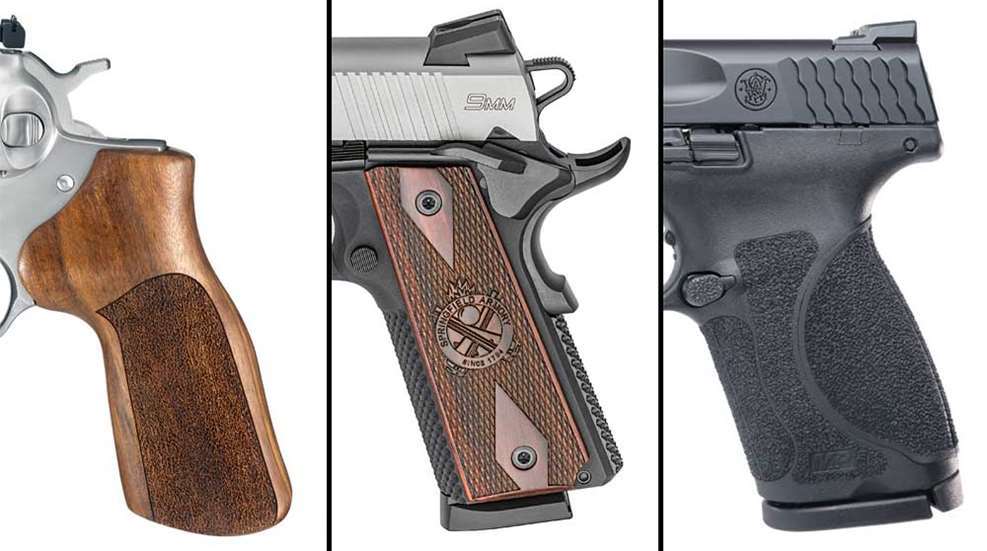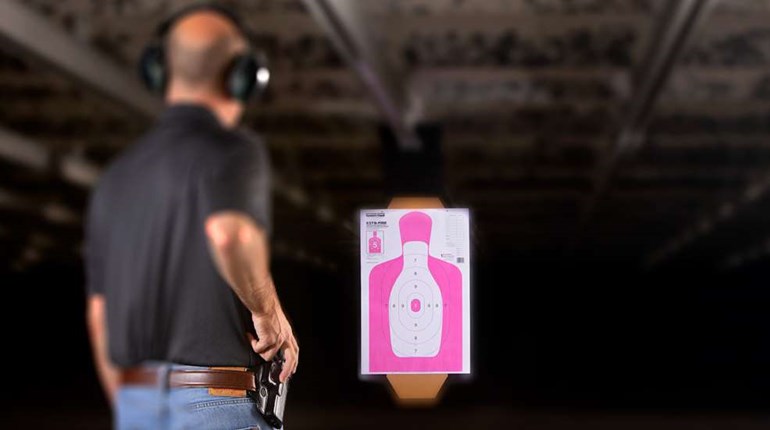
The evolution of rifle stocks and pistol grips, from wood to modern polymers, has played a pivotal role in shaping human history, from their early emergence as tools for hunting and protection to their modern significance in sport, defense, military and law enforcement. Over the centuries, the materials and designs used in rifle stocks and pistol grips have evolved significantly, reflecting advancements in technology, manufacturing processes and ergonomic considerations.
For much of human history, wood was the primary material used for crafting rifle stocks and pistol grips. Early firearms, such as muskets and flintlocks, featured stocks hewn from solid wood, shaped by skilled craftsmen to accommodate the complex mechanisms of these primitive firearms.
Wooden stocks were not only functional but also held cultural significance. Engraving, carving, and inlay work adorned stocks with intricate designs that often reflected the predilections, tastes and identities of their owners. The choice of wood, whether walnut, maple, or other hardwoods, also influenced the stock's appearance and durability.
As firearm technology advanced, so did the craftsmanship involved in creating rifle stocks and pistol grips. The transition from smoothbore muskets to rifled barrels marked a turning point in accuracy and shooting performance, and stocks began to incorporate more refined designs to accommodate these advancements.
The Industrial Revolution brought about transformative changes in manufacturing processes and materials. The firearms industry was no exception. With the advent of metalworking machinery, interchangeable parts, and more standardized production techniques, the design and construction of rifle stocks and pistol grips underwent a fundamental shift.
During this era, wood remained the predominant material for firearm stocks, but innovations like steam bending allowed for the creation of more ergonomic shapes and designs. The introduction of mass production also enabled firearm manufacturers to produce stocks in larger quantities, making firearms more accessible to a broader population.
The mid-20th century marked a significant departure from traditional wood as synthetic materials entered the firearm manufacturing landscape. Bakelite, an early plastic, gained popularity as a substitute for wood due to its durability, resistance to moisture, and the ease with which it could be molded into complex shapes.
Bakelite was particularly favored for pistol grips due to its ability to create grips with intricate textures and ergonomic contours. This was especially evident in the iconic designs of World War II-era firearms such as the Colt 1911 and the Walther P38.
The latter half of the 20th century saw a revolutionary shift in firearm materials with the widespread adoption of polymers. Polymer-based materials offered several advantages over traditional materials like wood and metal. These advantages included lighter weight, greater durability, resistance to environmental conditions, and the ability to create complex shapes using injection molding techniques.
Polymer rifle stocks and pistol grips gained prominence for their ability to reduce overall firearm weight, making firearms more manageable during extended use. In addition, the modularity of polymer components allowed for easy customization and adaptation to individual shooters' preferences.
Modern polymers have revolutionized the design and functionality of rifle stocks and pistol grips. One of the most significant advantages of polymer materials is their ability to be precisely engineered for specific requirements. Firearms manufacturers can fine-tune the composition of polymers to achieve optimal balance between strength, rigidity, flexibility, and other desired properties.
Polymer stocks and grips also offer improved resistance to environmental factors such as moisture, temperature changes, and chemicals. This makes them ideal choices for military and law enforcement applications, where firearms are subjected to rigorous conditions.
The era of polymer-based firearm components brought about a heightened focus on ergonomic design and user customization. Modern rifle stocks and pistol grips can be designed with contoured shapes that enhance comfort and reduce recoil. Finger grooves, palm swells, and textured surfaces are integrated to improve grip traction, leading to enhanced shooting accuracy and control.
Furthermore, polymer components allow for greater modularity. Many modern firearms are designed with interchangeable components, such as adjustable stock lengths and swappable pistol grip panels, enabling users to tailor their firearms to their individual needs and shooting preferences.
As technology continues to advance, polymer composite materials have taken center stage in the design of rifle stocks and pistol grips. These materials combine polymers with reinforcing fibers, such as carbon fiber or fiberglass, to achieve a remarkable balance between lightweight construction and exceptional strength.
Polymer composites have enabled firearms designers to create components that offer the benefits of traditional wood, such as aesthetics and natural feel, while maintaining the advantages of modern polymers. This hybrid approach represents the cutting edge of firearm component design.
The evolution of rifle stocks and pistol grips from wood to modern polymers represents a journey of innovation, functionality, and aesthetics. While wood stocks and grips hold a cherished place in the history of firearms craftsmanship, modern polymers have brought forth new levels of performance and customization.
As technology continues to advance and new materials emerge, the firearm industry will likely witness further innovation in rifle stocks and pistol grips. From cutting-edge polymer composites to sustainable materials, the evolution of firearm components reflects an ongoing commitment to enhancing shooting experiences, embracing functionality, and respecting the needs and wants of the modern shooter.





































